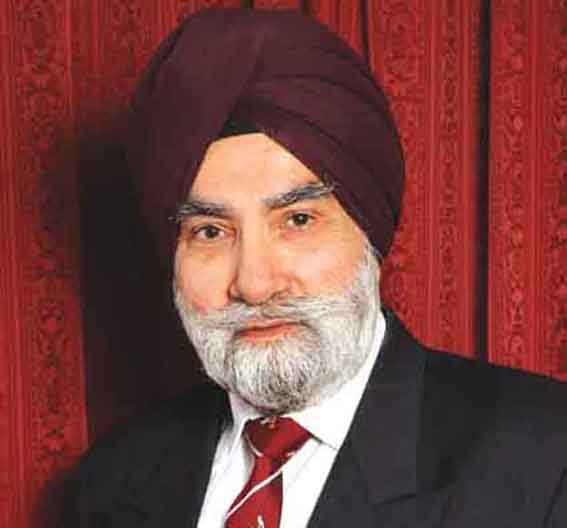Life Stories of Community Role Models

We all have our role- community sewadars in Sikh history. We also read about those who betrayed community interests at critical times in history. In our own life-time, we associate with those we believe to be well-positioned to serve the Panth. Sadly, some remind us of the Gurbani Panktis:
ਮੈ ਜਾਨਿਆ ਵਡ ਹੰਸੁ ਹੈ ਤਾ ਮੈ ਕੀਆ ਸੰਗੁ ॥
I thought that he was a great swan, so I associated with him.
ਜੇ ਜਾਣਾ ਬਗੁ ਬਪੁੜਾ ਤ ਜਨਮਿ ਨ ਦੇਦੀ ਅੰਗੁ ॥੨॥
If I had known that he was only a wretched heron from birth, I would not have touched him. ||2|| SGGS Ank 585
Life stories of community role s inspire next generations. I hesitate to use the word leader because the Sikhi concept of true leadership in Guru tradition and Sikh history, is very different from that generally understood. For example, Bhai Lehna (later Guru Angad Sahib) and, amongst the great Sikhs, Kapur Singh (later Nawab) were recognised as role s of Sikhi sewa in humility. They were not leaders as such who claimed some sort of hereditary right to lead or due to their privileged positions of influence with the establishment. In fact, those like Babas Prithi Chand, Ram Rai or Dhir Mal, who did gain influence in the Mughal darbar by promoting themselves or misrepresenting Sikhi, were rejected by the Gurus and the Sikhs.
Humble role s like Nawab Kapur Singh, strengthened the jathebandi (organisation) of the Panth. Through succession planning they produced hundreds like themselves. They secured the victory of the Khalsa Panth in the peoples war of liberation in the 18th century. Thus, like many other Sikh word concepts, leadership in the Sikh tradition needs to be understood using Sikhi-sewa criteria.
Life stories of such role s are recorded by historians as biographies. As such, they are an important part of our history and heritage. However, in recent times, the trend is to write own life stories as autobiographies. It takes much humility to talk about own weaknesses, mistakes, missed opportunities and lessons learnt. Most ambitious individuals who, single-mindedly manouvre themselves into influential positions with the establishment, are often unaware of the great harm they might have done to the future of the community at critical times. Sadly, there are many such examples in pre and post Indian independence Sikh history. Self-promoting individuals exaggerate own successes and limited contribution and blame others for own failures. And so, such a story about self, or My Story, becomes a bit of a mystery to be solved by the discerning reader.
However, over the years, I have also come across many educational personal accounts. One such is Soldiers&rsquo Contribution to Indian Independence by late General Mohan Singh of the Indian National Army. It has been my constant source of reference in the context of the true story of Indian independence.
Biography of a person is his story (history) and not my story (a mystery!) to be read between the lines for the truth. It is an objective account based on independent evidence. For, individual performance against the broader historical background, can only be assessed by a trained historiographer.
We should welcome good biographies as part of Sikh history but receive self-promoting autobiographies with caution. In any case, what one is, is generally known and speaks louder than words!
Gurmukh Singh OBE
Principal Civil Servant Retd